 Nowhere is the importance placed on the moon more evident inTibetanastro science than in the lunar calendar. This unique system plays a central role in Tibetan culture, allowing for the calculation of dates for any number of events, ceremonies, as well as spiritual practice. As with all lunar calendars, the 29.5 day synodic cycle creates some obvious difficulties, which have multiple creative solutions.
Nowhere is the importance placed on the moon more evident inTibetanastro science than in the lunar calendar. This unique system plays a central role in Tibetan culture, allowing for the calculation of dates for any number of events, ceremonies, as well as spiritual practice. As with all lunar calendars, the 29.5 day synodic cycle creates some obvious difficulties, which have multiple creative solutions.
Both in the Buddhist and Hindu systems, the full moon must fall on the 1529.5 day synodic cycle and the fact that the moon rises at a different time each day lead to differences between these systems (and among Buddhist traditions) as to when a specific lunar day falls of any month, and the new moon on the actual begins and ends. The Tibetan calendar uses skip days (tsi chad-pa) and doubled days (tsi lhag-pa) to reconcile the differences between the solar and lunar cycles. Therefore a particular month might have two 19ths and no 23rd. In addition, approximately every thirty months a full month is added to keep the calendar aligned with the seasons (in contrast with the Islamic calendar, which is a truly lunar calendar). The rules for calculating the Tibetan calendar are complex, and passed down from master to student. One result is that Losar, Tibetan New Year, and Chinese New Year do not always correspond, but can differ by an entire lunar month. As the traditions surrounding Losar are as rich as those of the Chinese New Year, multicultural lesson plans centered on Chinese New Year can be effectively adapted to parallel lessons for Losar, and would teach similar concepts.
Particular days of any given month are given special significance, either for good or bad. For example, the 8th day of each lunar month is considered an auspicious day for making offerings to the female buddha Tara. In general, the waxing half of the lunar month is generally considered more auspicious than the waning part of the month. Therefore it is better to begin projects near the beginning of the month so that they can increase with the waxing of the moon. The most important date of the Tibetan year is Saga Dawa, the anniversary of Buddha’s birth, enlightenment, and passing away. This falls on the 15th day of the 4th month. It should be noted that the months are signified by numbers, not names.
Since the second half of the 20th century, another year notation has been used, where the year of, for example, 2009 coincides with the Tibetan year of 2136. This relatively modern year notation is referred to as Bö Gyello (bod rgyal lo). In this era, the first year is 127 BCE, dated to the legendary founder of the Yarlung dynasty, Nyatri Tsenpo. During the time of the Yarlung dynasty, in the 7th century, years were named after the 12 animals common in the Chinese zodiac. Months were named according to the four seasons with the year starting in summer.
The translation of the Kalachakra tantra in the second half of the 11th century CE marked the beginning of a complete change for the calendar. According to the Buddhist tradition, the original teachings of the Kalachakra were taught by Buddha himself. Nevertheless, it took more than two hundred years until the Kalachakra calendar was officially introduced as the official Tibetan calendar by the ruler Drogon Chogyal phagpa in the second half of the 13th century. Although this calendar was changed many times during the subsequent centuries, it kept its original character as a luni-solar calendar of Indian origin. The first chapter of the Kalachakra contains a description of an Indian astronomical calendar and descriptions of the calculations which determine the length of the five planets and the sun and moon eclipses.
There are three different types of days (zhag), the khyim zhag, the tshes zhag and the nyin zhag.
The first two of these days are astronomical days. The time needed for the mean sun to pass through one of the twelve traditional signs of the zodiac (the twelve tshes zhag, “lunar day”). The lengths of such lunar days vary considerably due to variations in the movements of the moon and sun.khyim) is called khyim zla(solar month). One-thirtieth of one solar month (khyim zla) is one khyim zhag, which might be called a zodiacal day, because there is no equivalent name in Western terminology. The time needed by the moon to
Thirty lunar days form one lunar or synodic month (tshes zla), the period from new moon to new moon. This is equal to the time needed for the moon to elongate 360 degrees from the sun (sun to sun). The natural day (nyin zhag) is defined by Tibetans as the period from dawn to dawn. Strictly speaking, the months appearing in a Tibetan almanac, called by us Tibetan calendar months, are not the same as lunar or synodic months (tshes zla), which can begin and end at any time of day. In Tibetan, there is no special term for a calendar month containing whole days. These calendar months are just called zla ba (month).
Modern research on the Tibetan Calendar started in 1834 with the first explanation of the Tibetan sexagenary cycle by Hungarian explorer Csoma de Körós who fixed the first year of the first Rab-´byung-cycle as 1026 instead of 1027. This mistake passed unnoticed for almost 80 years with the consequence, that many dates given by historians according to the Western calender were wrong by one year!


